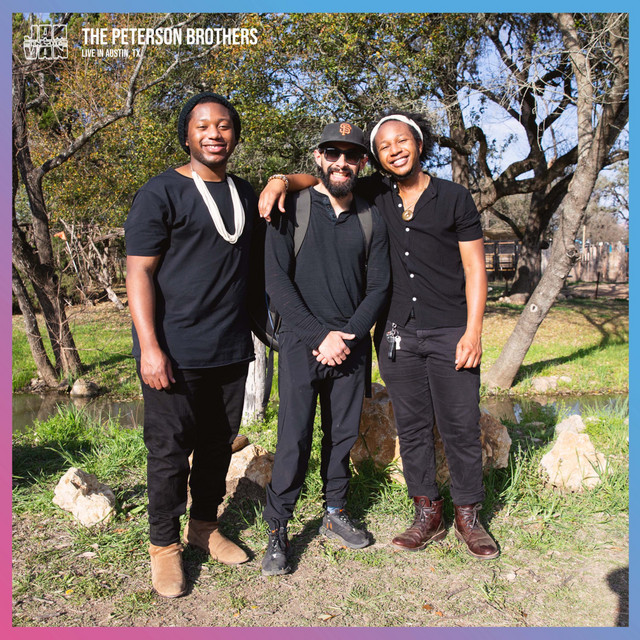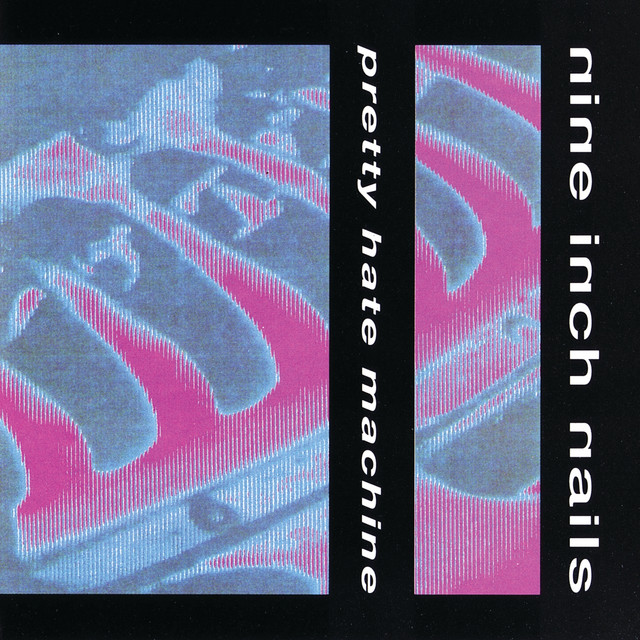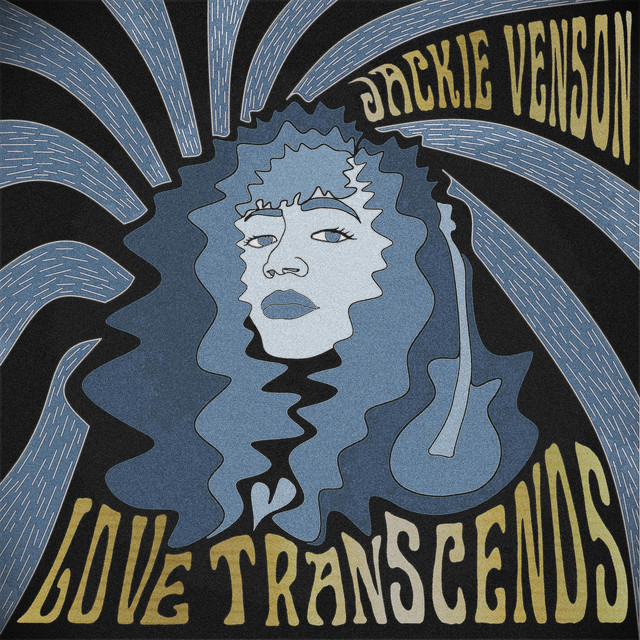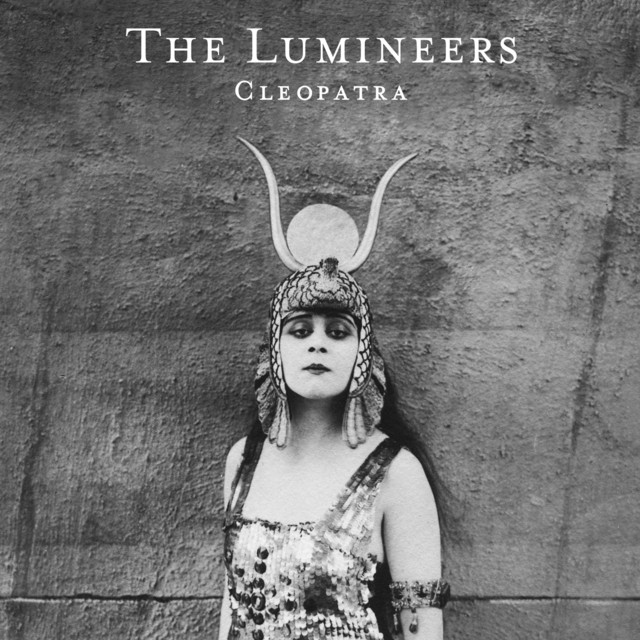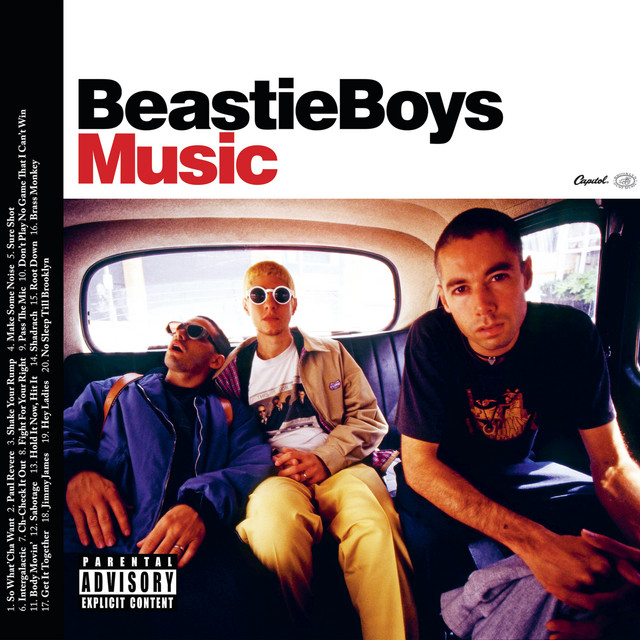Love Is Alive
“Love Is Alive” by Eric Tessmer, released in 2016, is a blues-rock track that emanates raw energy and emotion. The song kicks off with an assertive guitar riff, establishing a gritty, soulful foundation typical of Texas blues. Tessmer’s guitar work is front and center throughout, characterized by expressive bends and robust sustain that highlight his technical skill and passion. The rhythm section provides a solid backdrop, with the bass delivering a steady groove that supports the dynamic guitar lines. Drums are punchy and straightforward, helping to drive the song with a consistent backbeat, yet allowing the guitar to shine. Vocally, Tessmer conveys the lyrics with earnest intensity, his raw voice meshing seamlessly with the instrumental backdrop. The production is clean yet retains a live, unpolished feel, effectively capturing the essence of a high-energy jam. Overall, “Love Is Alive” embodies the spirit of traditional blues-rock, anchored by Tessmer’s compelling guitar mastery and heartfelt delivery.
I Gotta Go
“I Gotta Go” by The Peterson Brothers, released in 2015, is a blues-rock track that highlights the duo’s commitment to blending traditional blues with a modern twist. The song begins with a strong, rhythmic guitar riff that establishes a driving groove, reminiscent of classic blues influences but with a contemporary edge. This riff acts as a backbone throughout the track, maintaining an energetic and relentless pace.
The Peterson Brothers showcase their instrumental prowess, with intricate guitar solos that speak to their technical skills and deep understanding of the genre. These solos are both expressive and precise, weaving seamlessly into the song’s structure. The bass and drums lay down a solid rhythmic foundation, their locked-in grooves providing a steady, propulsive force that keeps the listener engaged.
Vocally, the song delivers a raw and heartfelt performance. The lyrics express themes of urgency and movement, with a directness that allows the emotion to cut through the instrumental layers. The vocal delivery adds a layer of sincerity and passion, effectively complementing the energetic instrumentation.
Overall, “I Gotta Go” captures a lively and vibrant sound, bridging old-school blues with modern flair, which showcases The Peterson Brothers’ knack for innovation within the genre while honoring its roots.
Don’t Call Me Baby
“Don’t Call Me Baby” by Tameca Jones in 2015 is a powerful blend of soul and blues, characterized by a rich, emotive vocal performance. The song opens with a steady, soulful groove that serves as a perfect backdrop for Jones’s commanding voice. Her vocal delivery is both assertive and smooth, employing a wide range of dynamics and expressive techniques. The instrumentation is straightforward yet effective, with a prominent bass line and crisp percussion that drive the rhythm forward. The guitar work is subtly intricate, providing a melodic counterpoint to the vocals. Harmonic progressions are traditional yet satisfying, allowing Jones’s voice to shine at the forefront. Overall, the production quality is polished, balancing the distinct elements to create a cohesive sound. The song captures the emotional intensity and storytelling typical of classic soul music while maintaining a contemporary edge.
Down in It
“Down in It” by Nine Inch Nails, released in 1989, is an industrial rock track that introduces the raw, aggressive style Trent Reznor became known for. The song opens with a repetitive, machine-like drum pattern, setting a cold, mechanized atmosphere. Layered over this beat, an eerie synth line contributes to the track’s tense, unsettling mood. Reznor’s vocals are urgent and confrontational, delivering lyrics that explore themes of despair and existential angst.
The song’s structure is relatively straightforward, with verses punctuated by a catchy chorus that shifts slightly in intensity. A notable feature is the use of both synthetic and organic sounds, blending distorted guitar riffs with electronic elements. These contrasts create a dynamic tension that propels the track forward. The production is intentionally gritty, enhancing the song’s sense of unease and driving its industrial aesthetic. Reznor’s use of sampling and looping techniques adds to the sense of repetition and cyclical entrapment in the lyrics. Overall, “Down in It” lays the groundwork for Nine Inch Nails’ melding of electronic music with rock’s raw energy.
Always Free
Jackie Venson’s “Always Free,” released in 2020, encapsulates a refreshing blend of blues, rock, and soul elements, delivering a dynamic sonic experience. The track is centered around Venson’s signature guitar work, featuring clean, expressive riffs that showcase her technical prowess and emotive playing style. The song opens with a punchy groove set by the rhythm section, establishing a solid foundation throughout. Venson’s vocals are powerful yet smooth, carrying a sense of liberation that aligns with the song’s theme. Her soulful articulation adds depth, creating an engaging interplay with the instrumentation. The chorus introduces a memorable hook, both catchy and resonant, anchoring the track’s structure. Lyrically, “Always Free” reflects a message of empowerment and independence, embodied through fervent vocal delivery and vibrant musical textures. The production maintains clarity, allowing each instrument space while ensuring a cohesive mix. Overall, the arrangement balances energy and subtlety, resulting in a compelling performance that highlights Venson’s multifaceted artistry.
Feel It Still
“Feel It Still” by Portugal. The Man is an upbeat track that’s rooted in retro vibes and modern flair. The song is built around a catchy bassline that pays homage to the classic song “Please Mr. Postman” by The Marvelettes, immediately striking with its familiar Motown groove. The driving rhythm is complemented by a tight drumbeat and syncopated guitar strums, establishing an infectious danceable feel. Vocals are delivered with a playful, almost falsetto tone, adding layers of nostalgia while remaining fresh and contemporary.
The production emphasizes crisp, clean sounds, creating a shimmering auditory landscape. A touch of brass fills the mix, punctuating moments with bright, bold accents. Lyrically, the song balances themes of rebellion with subtle introspection, all within a tight 2:43 runtime. It features an effective use of dynamics, effortlessly shifting between quieter verses and exuberant choruses. Overall, “Feel It Still” blends elements of the past with present-day sensibilities, crafting a tune that’s both timeless and relevant.
Ophelia
“Ophelia” by The Lumineers is a track that marries straightforward folk influences with indie pop elements, creating an accessible yet poignant listening experience. The song is driven by a consistent, rhythmic piano line which forms its backbone, providing a steady pulse that complements Wes Schultz’s earnest vocal delivery. The catchiness of this song largely derives from its simple yet effective chord progression, which maintains listener engagement without overcrowding the overall sonic space.
The percussion is subtle, allowing the piano and vocals to take center stage, while minimalistic drums accentuate the track’s earthy feel. The echoey, almost choir-like harmonies in the chorus provide an anthemic quality, inviting audiences to join in. Lyrically, “Ophelia” explores themes of newfound fame and the internal struggle it brings, using straightforward storytelling that resonates with listeners.
Sonically, the song maintains a warm, organic texture, a hallmark of The Lumineers’ sound, characterized by its uncluttered production. Overall, “Ophelia” balances intimacy and universality, making it a relatable and enduring song for both casual listeners and audiophiles alike.
Royals
“Royals” by Lorde is a minimalist pop anthem that critiques and rejects the opulence often glorified in mainstream music. Released in 2013, it features a sparse arrangement, dominated by a pulsing electronic beat and a finger-snap rhythm that creates a haunting, yet captivating, sonic landscape. Lorde’s voice takes center stage, showcasing her distinctive alto timbre with a delivery that’s both nonchalant and assertive.
The song’s harmonic structure is simple, built largely around a repeating chord progression that reinforces its straightforward, down-to-earth message. This simplicity allows the lyrics to shine, as Lorde contrasts the material excesses often associated with celebrity culture against her own mundane reality. The melodic line is catchy yet understated, emphasizing clarity and intent.
Production-wise, “Royals” employs subtle reverb and layered vocal harmonies to add depth without overwhelming the inherent minimalism. The use of negative space in the arrangement enhances its impact, drawing listeners into its introspective world. Overall, the track’s blend of minimal production, relatable lyricism, and Lorde’s unique vocal style marked a refreshing departure from the highly produced pop of its time.
(You Gotta) Fight For Your Right (To Party!)
“(You Gotta) Fight For Your Right (To Party!)” by the Beastie Boys is a quintessential example of 1980s party rock. The song combines elements of punk and hip-hop, creating an energetic anthem that resonates with youthful rebellion. Predominantly driven by a simple yet powerful guitar riff, the track’s instrumental section reinforces its rebellious message. The drumming is straightforward but effective, adding to the song’s anthemic quality. Vocally, the Beastie Boys employ a raw and boisterous style, which contributes to the overall aggressive feel of the track. The lyrics are tongue-in-cheek, depicting a teen’s struggle against societal norms and parental control. As a result, it became an iconic party anthem, capturing the spirit of the era with a sense of humor and defiance. The production is clean yet retains a raw edge, critical to its enduring appeal.

